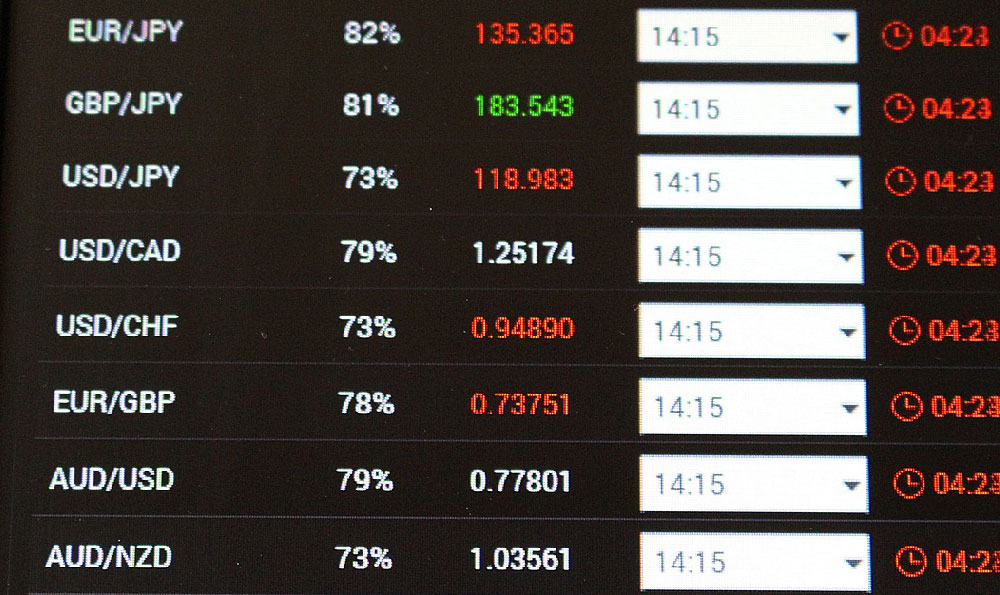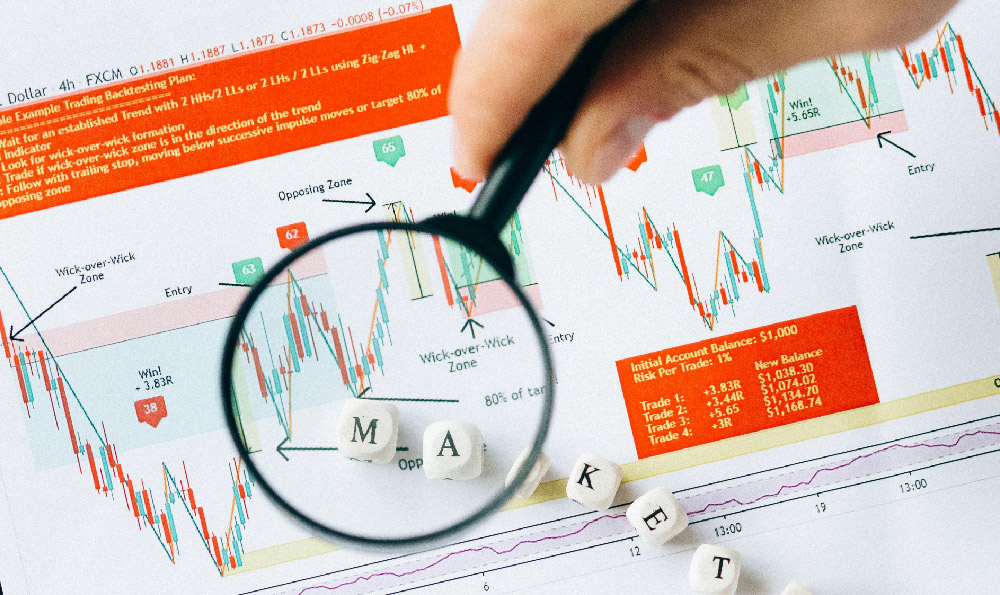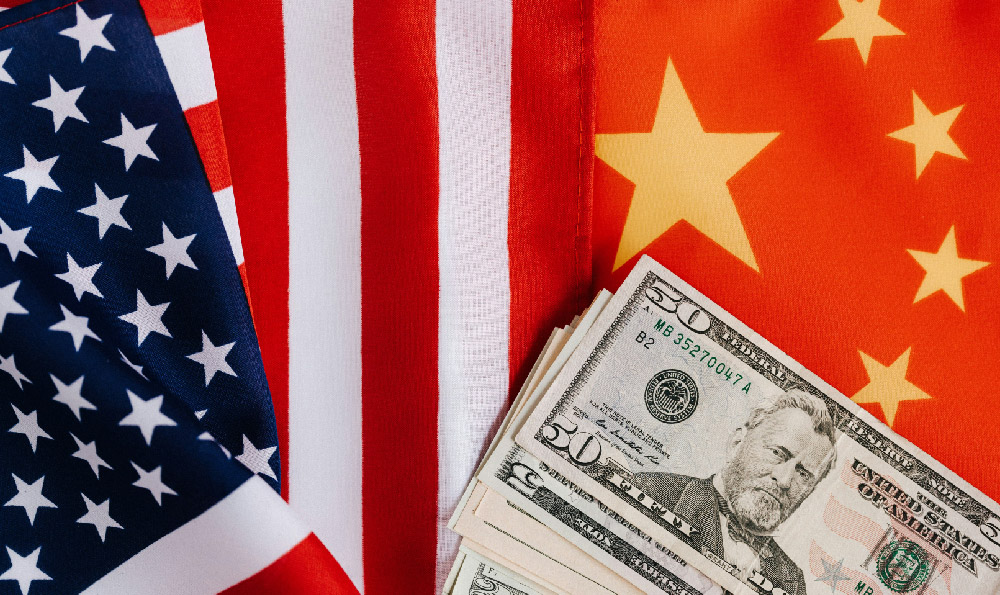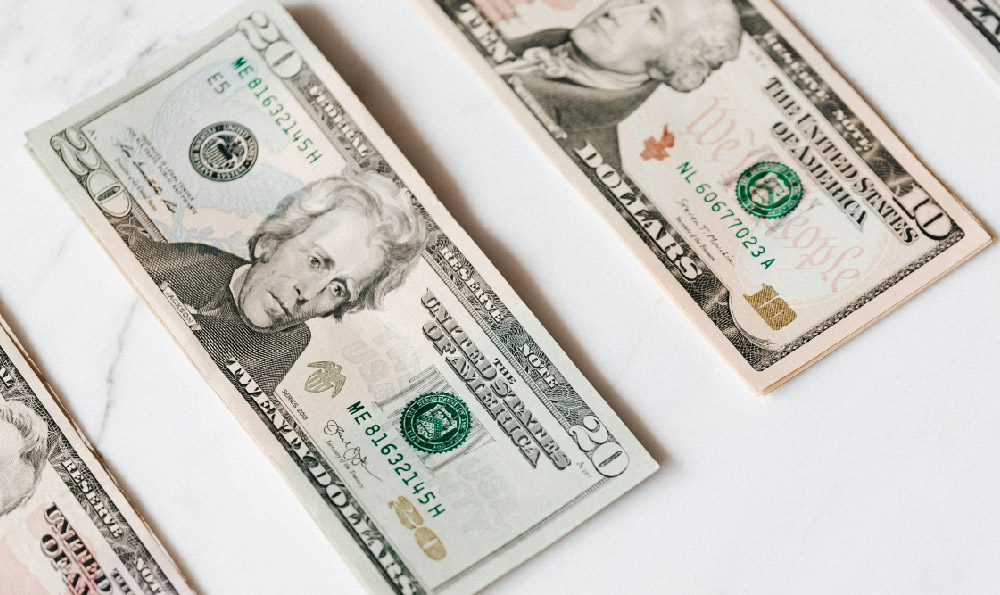How do Uber drivers earn, and is it profitable?
Okay, I understand. Here's an article based on the title you provided, aiming to be comprehensive, avoid bullet points and numbered lists, and adhering to your other stylistic requirements:
Uber drivers, navigating the bustling streets of cities worldwide, represent a fascinating segment of the gig economy. Their earnings and profitability, however, are multifaceted and influenced by a complex interplay of factors that extend beyond a simple hourly rate. Understanding how these drivers generate income and whether the job ultimately proves financially advantageous requires a deep dive into the various components of the Uber driver experience.
The primary source of income for an Uber driver is, naturally, passenger fares. These fares are calculated based on a combination of factors including the distance traveled, the time elapsed during the trip, and a base fare. Uber's algorithms constantly adjust these rates in response to real-time supply and demand, a phenomenon known as surge pricing. During periods of high demand, such as rush hour, inclement weather, or special events, surge pricing multiplies the standard fare, potentially allowing drivers to significantly boost their earnings. Conversely, during periods of low demand, fares may be significantly lower, impacting potential income. The specific rates and surge multipliers vary considerably from city to city and are subject to change based on Uber's strategic decisions.
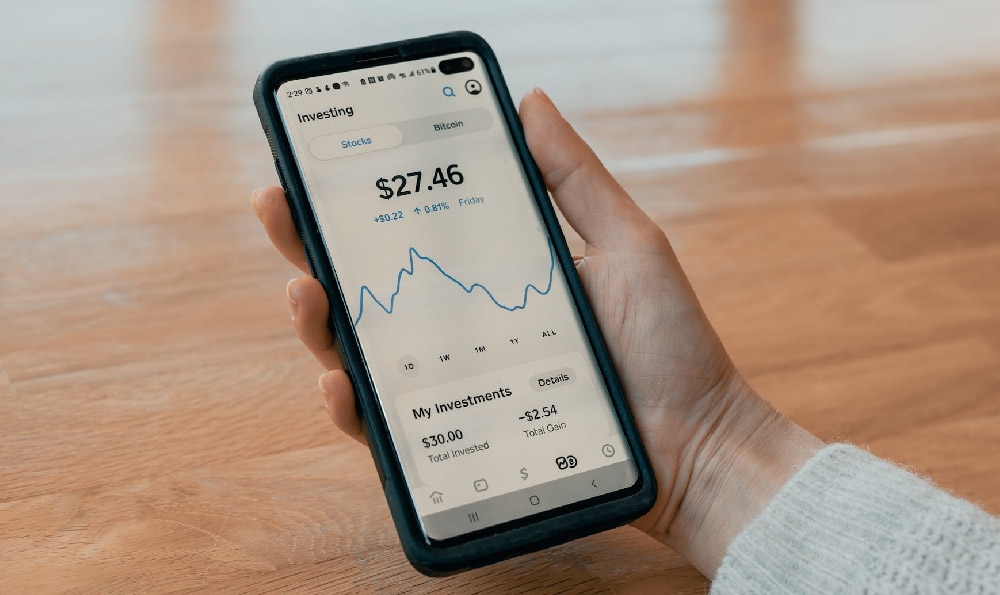
Beyond the basic fare structure, Uber offers a range of incentives designed to attract and retain drivers, and to ensure sufficient service availability during peak times. These incentives can significantly impact a driver's overall profitability. One common incentive is the “quest,” which rewards drivers for completing a certain number of trips within a designated timeframe. Quests often target specific times of day or areas within a city, encouraging drivers to be available when and where they are most needed. Another incentive is "boosts," which provide a multiplier on fares within designated zones, similar to surge pricing but often more predictable and consistent. Furthermore, some Uber programs offer guaranteed hourly earnings, provided drivers meet certain requirements such as maintaining a minimum acceptance rate and completing a specific number of trips per hour.
However, gross earnings represent only a fraction of the profitability equation. Uber drivers operate as independent contractors, which means they are responsible for covering all of their operating expenses. The most significant of these expenses is vehicle-related. Fuel costs are a major factor, fluctuating with market prices and heavily dependent on the vehicle's fuel efficiency. Drivers must also factor in the costs of vehicle maintenance, including routine servicing, repairs, and tire replacements. The depreciation of the vehicle itself represents a substantial, often overlooked, expense. As a vehicle accumulates mileage and age, its resale value diminishes, effectively costing the driver money over time.
Insurance is another critical expense. While Uber provides some liability coverage while drivers are actively engaged in a ride, drivers are typically responsible for maintaining their own personal auto insurance, and often need to purchase supplemental rideshare insurance to cover periods when they are logged into the app but not actively transporting a passenger. This rideshare insurance can be significantly more expensive than standard personal auto insurance due to the increased risk associated with driving for hire.
Beyond vehicle-related costs, drivers may also incur expenses related to vehicle cleaning, phone data plans (necessary for using the Uber app), and any tolls encountered during trips. Furthermore, as independent contractors, drivers are responsible for paying self-employment taxes, which include Social Security and Medicare taxes. These taxes can represent a significant percentage of their income, particularly for drivers who earn a substantial amount.
The profitability of driving for Uber is therefore highly variable and depends on a multitude of interconnected factors. Drivers who operate in high-demand areas, utilize fuel-efficient vehicles, strategically take advantage of incentives, and meticulously track and manage their expenses are more likely to achieve a reasonable profit. Conversely, drivers who operate in low-demand areas, drive gas-guzzling vehicles, neglect maintenance, and fail to account for all of their expenses may find that their earnings barely cover their costs, or even result in a net loss.
Moreover, factors beyond direct financial considerations play a role in a driver's overall satisfaction and perception of profitability. The flexibility of setting one's own hours is a major draw for many drivers, offering the opportunity to work around other commitments and prioritize personal needs. The social interaction with passengers can also be a positive aspect of the job, although it can also be a source of stress and frustration. The lack of traditional employee benefits, such as health insurance and paid time off, is a significant drawback for many drivers, particularly those who rely on Uber as their primary source of income.
In conclusion, determining whether driving for Uber is "profitable" is a complex calculation that goes beyond simply comparing gross earnings to an hourly wage. It requires a thorough understanding of the fare structure, available incentives, and all associated operating expenses, as well as a consideration of the intangible benefits and drawbacks of the job. The success of an Uber driver depends not only on external market conditions but also on their own diligence, strategic planning, and ability to manage their finances effectively. Ultimately, whether Uber driving proves to be a profitable endeavor is a highly individual outcome, contingent upon a unique set of circumstances and choices.
